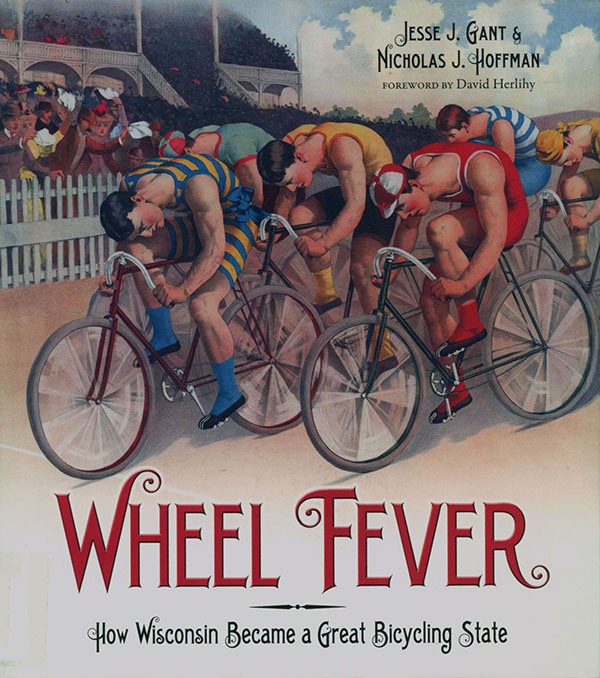Last week we talked about net worth, which involves comparing what you own (your assets) to what you owe (your liabilities). Some of the assets taken into consideration include high-value items like a house or car. Should something happen to those items, such as damage caused by a car accident, the cost of repair or replacement could be significant which is why it is so important to have good homeowner’s and car insurance. Insurance is a form a risk management that transfers your risk to a third party, like an insurance company.
There are a number of different homeowner’s insurance plans, but according to HowStuffWorks the most common plan is the HO-3, which “covers your home and its contents against damage and theft, as well as you, the owner, against personal liability if someone is injured while on your property.” Most plans do not cover damaged caused by earthquakes and floods, so depending on where you live you may want to purchase an additional insurance plan. The cost of insurance is determined by the likelihood of disasters where you live; what your house is made out of; crime rates; the size and condition of your house; and your proximity to fire hydrants and a fire station. Even if you don’t plan to own a home for a few years, you should consider purchasing renter’s insurance (HO-4). This insures your personal belongings, such as clothes, electronics, and furniture. You can get renter’s insurance for about $10 a month, so it won’t break the bank.

Car insurance is required in almost every state in the US. The price you pay will change based on a number of factors, including: the value of your car; where you live; how much you drive your car; your age; your gender; and your driving record. Consider these factors when purchasing a car, and be sure to drive safely! The older you are and the longer you go with a clean driving record, the cheaper your policy will be.
According to HowStuffWorks, a car insurance policy may include:
- Liability: This protects you if you unintentionally cause bodily harm or property damage to a third party.
- Collision: This covers damages to your vehicle if you hit another vehicle or object.
- Comprehensive: This coverage protects you against damage caused by “fire, wind, hail, flood, vandalism or theft.”
- Medical coverage: Pays medical expenses for injuries caused in an accident.
- Personal injury protection (PIP): Pays medical expenses of the insured driver for injuries caused in an accident.
- Uninsured motorist: This coverage pays for damage to your car caused by a driver without liability insurance (meaning they don’t have insurance to pay for your damages).
- Underinsured motorist: This coverage pays for damage to your car caused by a driver with too little liability insurance.
- Rental Reimbursement: If your car is damaged in an accident, your insurance will provide an allowance for you to pay for a rental car.
Not all of these elements are required and there are different coverage levels for each. Different states have different requirements so make sure you know what the requirements are where you live. It’s also important to take the time to compare insurance providers; you may save yourself a lot of money.
There are many other insurance policies to consider. Life insurance provides your family with money should you die at a young age and may be available through your employer. Health insurance is offered by many employers and provides you with coverage should you get sick or injured. Take some time to figure out what is available to you and what you really need.
Here are a few last things to be aware in regard to insurance policies:
- Your deductible is how much you have to pay before the insurance company will pay anything.
- Your premium is how much you pay annually or monthly to the insurance company.
Andersen Library has many books on insurance. In Research@UWW you can search for specific types of insurance, such as health insurance, or just do a title search for insurance in general.

 Tuaolo’s autobiography,
Tuaolo’s autobiography, .jpg)





